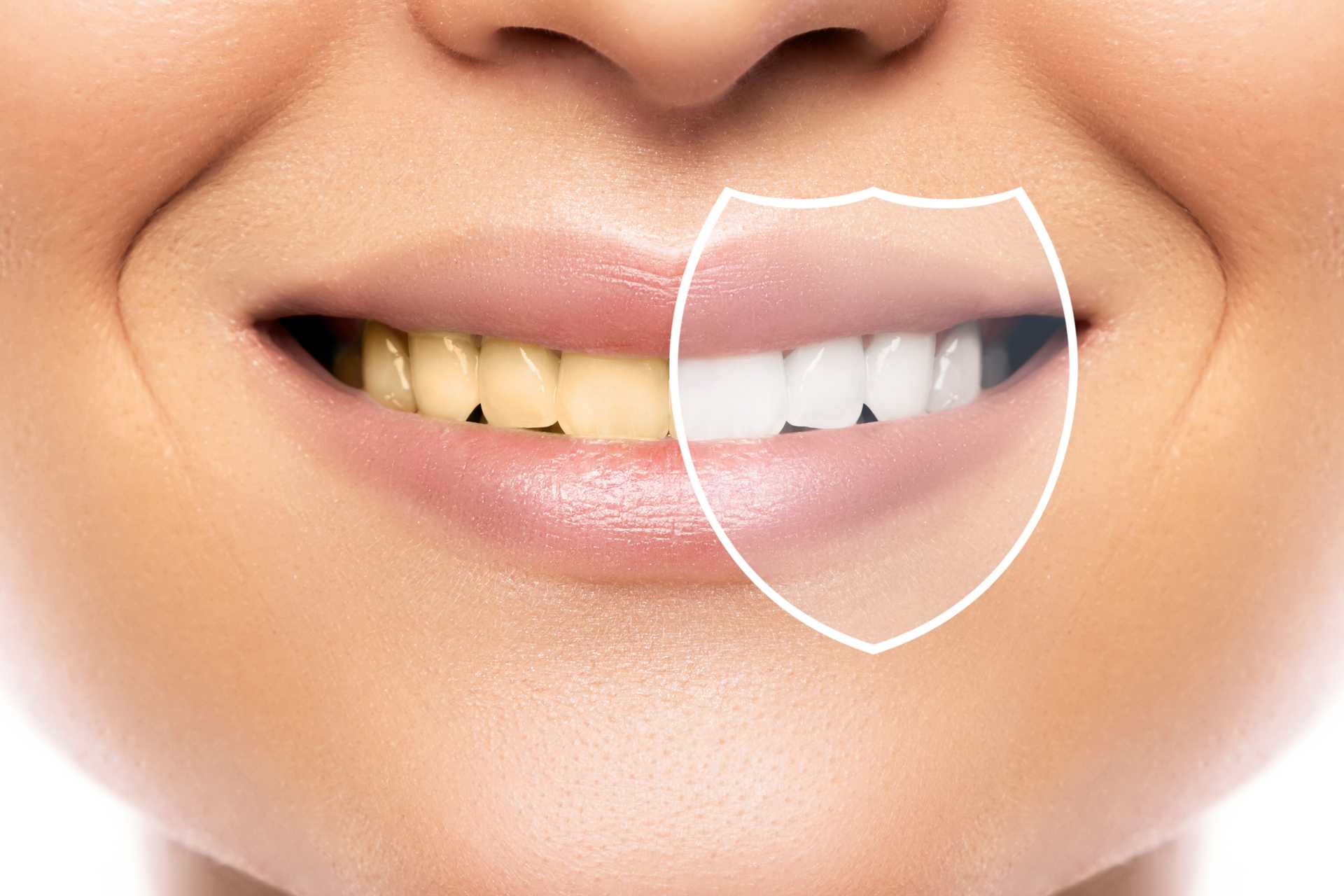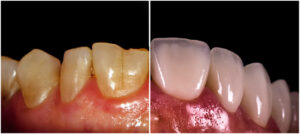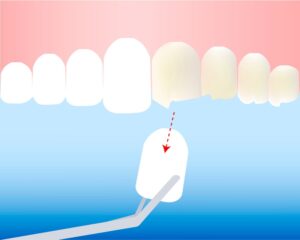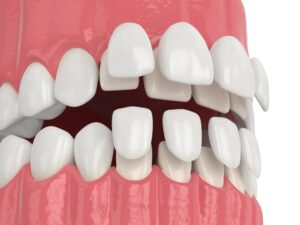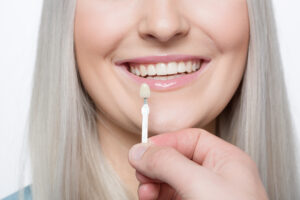There is an interesting scene about tooth whitening in Mark Twain’s Huckleberry Finn. Huck meets a pair of crooks and fugitives from justice, who among other things are being persecuted for selling a “miracle product” for tooth whitening. It was such a good product that “it whitened your teeth instantly and thoroughly… to the point that they later fell out” (the bandits recounted between laughs).
We mention this scene to illustrate that so-called miracle teeth whitening treatments have been around for a long time, even though many are of dubious effectiveness. There are many miraculous teeth whitening products out there. This may be because white teeth are part of what is considered a “perfect appearance.” But above all, it is because dental treatments have always been highly valued, and many people want to profit from them.
All this means that so much has been written about tooth whitening and so many products with “miraculous effects” have been promoted, that it is better to research this very well when talking about the subject. You can rest assured that in this article we will not make irresponsible judgments about tooth whitening and that every comment we make will be based on research carried out by dental science.
If you are interested in receiving porcelain veneers in Miami, call us at 786 603 7514.
Some more comments before we start
There is so much trash and spurious information in the media (especially on the Internet), concerning tooth whitening, that you need to be discerning. Any misleading advertising page, any website or YouTube channel, which recommends home or supposedly medical treatments, of very dubious origin and really with potentially dangerous results for the enamel and for health in general.
Now let’s try to answer, always in a clear and detailed way, many of the questions that people ask themselves about tooth whitening. We know perfectly well that dental health is not a game, so we cannot give answers lightly. In our investigation we have included, as always, criteria in favor and some unfavorable criteria, and of course, medical and scientific arguments on the subject we are dealing with will not be lacking here.
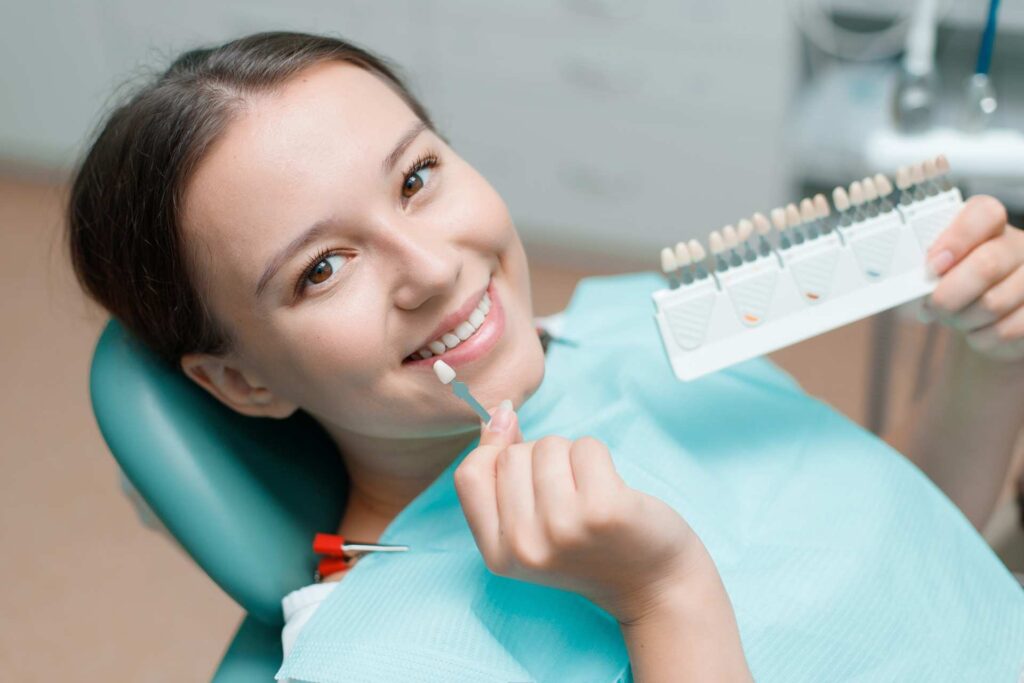
On a medium like the Internet, it is important to try to be as objective as possible. Fables are continually created about one trend or the opposite. Miraculous tooth whitening products are advertised, just as prejudices and hoaxes (fake news) about the dangers of tooth whitening become viral. Many times, what is said is not true, neither at one extreme nor the other. So, let’s try to avoid both extremes.
What is tooth whitening?
Tooth whitening is an aesthetic dentistry procedure that seeks to reduce the discoloration of the teeth and make them whiter and brighter. Tooth whitening can be a medical treatment, or it can be a home-applied product, either a proprietary tooth whitener or a tooth whitener added to another product (e.g., toothpaste, chewing gum, etc.)
Since in these cases the dose is very important, in order not to exaggerate the effects and avoid permanent damage to the enamel, it is always recommended that tooth whitening products and treatments be carried out under the supervision of dentists and specialists.
Tooth whitening is capable of eliminating most of the stains on the teeth, caused by cigarettes, wine, certain foods, the natural advance of age, cavities, orthodontic injuries or dental amalgams, mild fluorosis (enamel demineralization), and the effects of drugs such as tetracycline. (Take a look at the photo at this link if you want to visually distinguish the differences between the different types of dental stains.)
However, tooth whitening is not effective in all cases. Sometimes it is necessary to resort to other aesthetic dentistry treatments, such as the different types of dental veneers, crowns, or covers. (On the subject of dental veneers, we have written articles that you can find on this website.)

How many types of teeth whitening are there?
In general, teeth whitening treatments are divided into external and internal. Internal teeth whitening (in the pulp of the tooth) is not the most common. So here we will be talking about external teeth whitening procedures, which are the best known and most practiced.
There are 3 or 4 types of external tooth whitening: laser tooth whitening, LED tooth whitening, tooth whitening with splints (it is the same as the so-called tooth whitening with covers), to which combined whitening must be added. These are performed by dental personnel, unlike tooth whitening methods with home products.
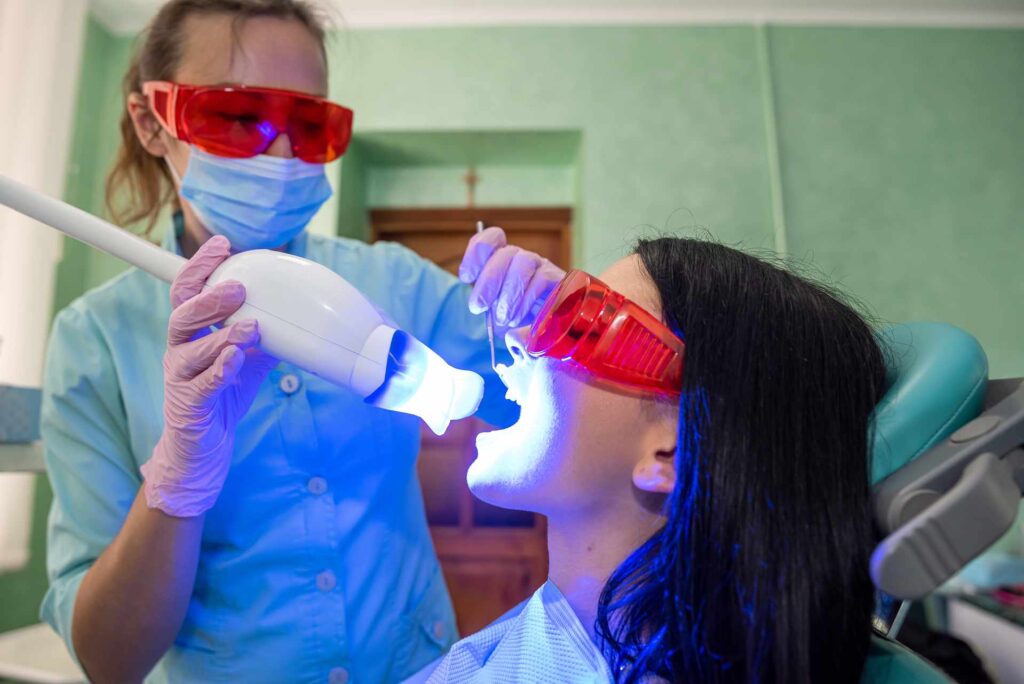
Each method is quite different from the other, so when we talk about each one of them, we will also be answering these frequently asked questions: How is tooth whitening done? And what is the tooth whitening process? Let’s examine them one by one.
1. Laser tooth whitening
Laser tooth whitening consists of applying laser light to the teeth to whiten them, combined with a gel that is placed on the teeth. It is a fairly detailed and complex procedure, which must be done in a dental clinic. Although it is one of the most expensive, it is the fastest and the one with the most notable effects. Its main disadvantage is that it can cause sensitivity in the teeth.
2. LED Tooth Whitening
LED teeth whitening is also called zoom or photoactivation whitening. As its name suggests, it is done by applying LED lights to the teeth to whiten them. LED light is less intense than laser, and therefore has a less strong effect on tooth enamel. This option prevents whitening from causing tooth sensitivity. Its disadvantage is that it may require more sessions than laser teeth whitening.
3. Tooth whitening with splints
Tooth whitening with splints or covers consists of placing transparent splints containing whitening gel on the teeth at night. The splints are made in the laboratory from an exact mold taken from the patient’s teeth. Sometimes (not always), among the tooth whitening methods performed in dental clinics, this is the cheapest but the slowest.
4. Combined tooth whitening
It consists of a combination of one of the light treatments (either laser or LED) with the splint method. The treatment begins in the dental clinic but will require follow-up at home with the splint, to achieve better effects.
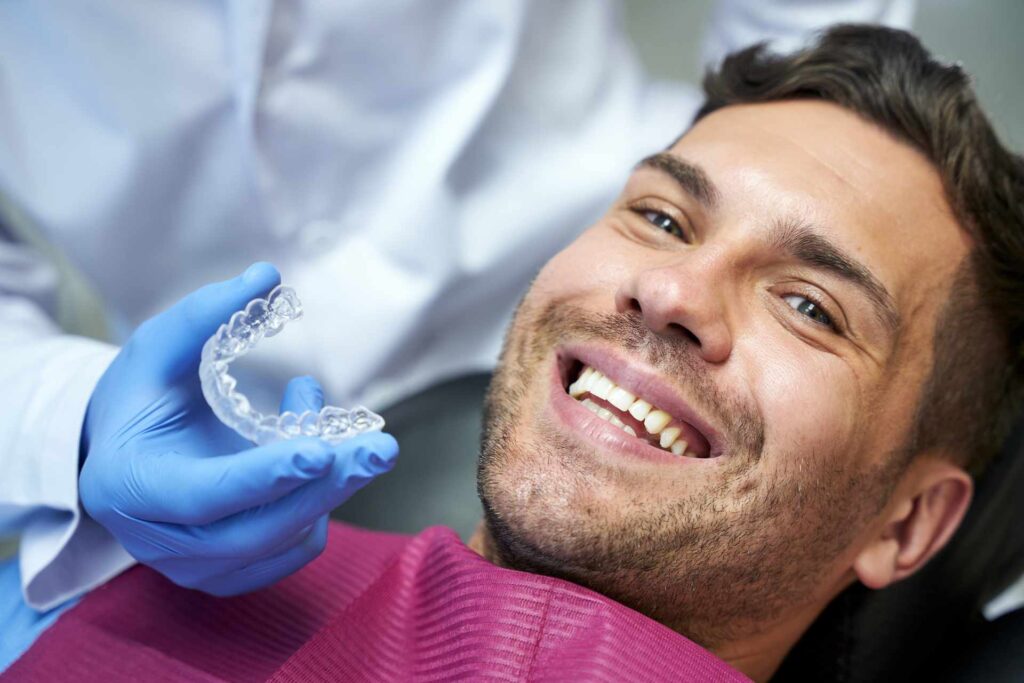
What is the best treatment for tooth whitening?
As many types of tooth whitening exist, of course, people also wonder: What is the best treatment for tooth whitening? The advice that we will give you on this point is general since we prefer not to recommend products that have not been evaluated by specialists.
In some dental clinics, the method of tooth whitening by splints and gel is the most economical. So, when it comes to not spending too much, this would be the best option. But if you can afford to spend more, the comparison would be between laser or LED tooth whitening. Between these two, the laser is faster, and LED is slower, but it causes less tooth sensitivity. With all these considerations, you can choose which of these tooth whitening methods is the most suitable for you.
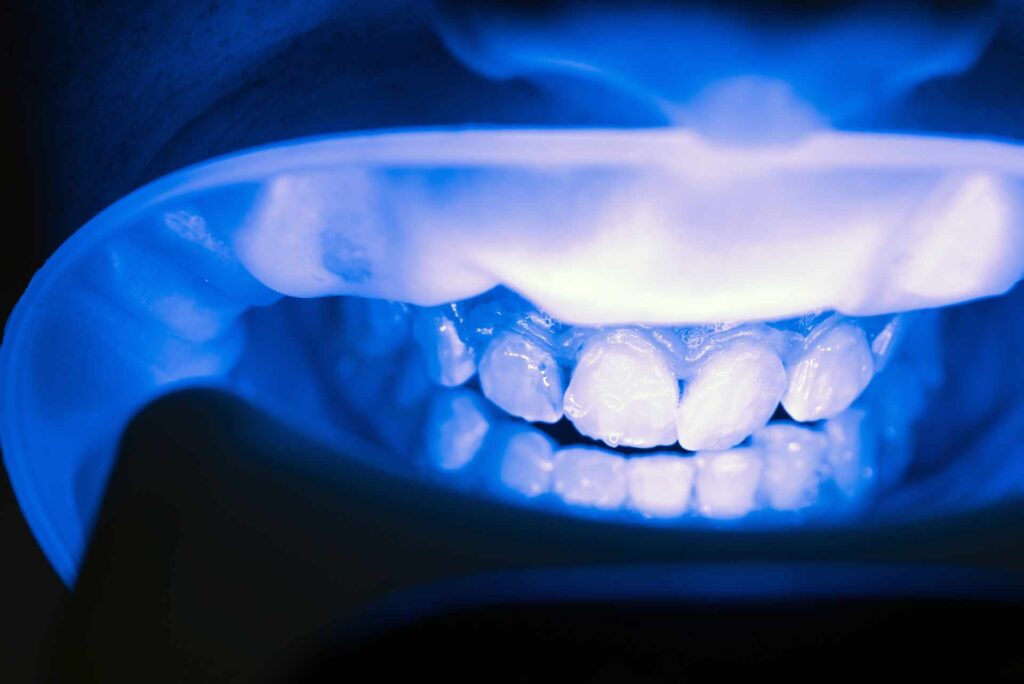
From an at-home tooth whitening standpoint, some kits can be effective. We are referring to whitening products, not whitening toothpaste ( which is mostly discouraged ). But to use tooth whitening kits, keep these recommendations in mind:
- If you have any oral conditions, such as cavities, bruxism, periodontal disease, fractures, or dental hypoplasia (absence of enamel), these conditions must be solved before you can apply any tooth whitening kit or treatment. Otherwise, it could lead to unexpected consequences.
- Don’t self-medicate. In other words, get advice from a dentist when choosing the right tooth whitening treatment.
Opinions about tooth whitening
Beyond the many online publications about tooth whitening products (which often include invented opinions from users that do not exist), let’s consider what dental science has to say about it. Thanks to this we will also be able to keep ourselves safe from opinions that are completely opposed to any method of tooth whitening, and that are often based on nothing or are based on hoaxes.
An investigation carried out by the University of Colorado School of Dentistry on tooth whitening (based on hydrogen peroxide and carbamide peroxide), asserts that this dental aesthetic procedure is one of the most requested by people. If it is a quality product (which you should consult a dentist about) and if it is applied following the product manufacturer’s protocols and the advice of specialists, tooth whitening can be safe and effective.
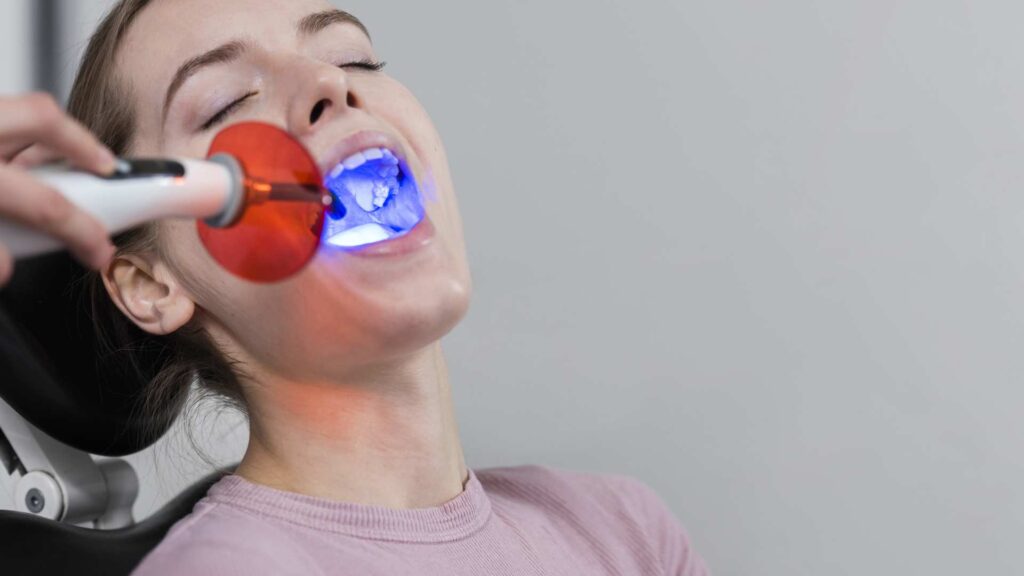
An interesting and balanced point of view, but always critical about the products on the market (including the pharmaceutical market), is always given by the publications of Consumer Reports (magazine of the American non-profit organization Consumers Union, which watches over the rights of consumers against asymmetries and inconsistencies in the market). Consumer Reports has published a few articles on tooth whitening, which you can check out by following this link.
Other publications with opinions on tooth whitening that may be of interest to you are those of Taylor & Francis Online (a large online publishing platform), those of Research Gate (a powerful search engine in scientific databases), those of the FDA (Food and Drug Administration, a US government institution that deals with the regulation of medicines, biological products, etc.), those of Cochrane (a non-profit organization that brings together researchers in the health sciences), and those of Frontiers (publisher of scientific publications).
However, despite the advantages, benefits, and good opinions that tooth whitening deserves according to specialists, there are always some risks that dentists themselves point out. You can see the risks of tooth whitening in the section with that title.
(You can also get more scientific details about what teeth whitening is by following this link to published research on this topic on the official website of the National Library of Medicine, which is the world’s largest medical library.)
Risks of tooth whitening
Teeth by nature are not white, but slightly yellowish. The mass media generate stereotypes of very white smiles, which by becoming ideal for people, bring risks of excess in teeth whitening. From this derives a disorder called “dental blancorexia”, which is the obsession with always having very white teeth, with all the negative consequences of that.

In a University of Colorado School of Dentistry study on tooth whitening (already cited by us in this article, entitled ” Tooth Whitening : What We Know Now ” ), the author outlines some of the risks of tooth whitening, which are not necessarily present in all patients. Risks of tooth whitening include:
- Increased tooth sensitivity. It is not correct to call this phenomenon “hypersensitivity”. The teeth themselves don’t have sensitivity at the enamel level (because enamel doesn’t have nerve endings), and having it is a problem. Tooth sensitivity can be experienced as excess heat or cold on the teeth when chewing or eating. This is the result of the whitening product having managed to penetrate the enamel and reach the dentin, which is immediately below.
- Gingival (gum) irritation. This occurs much less frequently than tooth sensitivity and is because the gums have become irritated after coming into contact with the tooth whitening product.
- Hardening or softening of enamel. The enamel, in its natural consistency, should have a medium hardness. If it hardens too much it can break, and if it softens it runs the risk of chronic wear, with no chance of being restored (tooth enamel does not regenerate by itself).
- Demineralization of the teeth. Demineralization and remineralization of teeth is a natural and ongoing process. But some teeth whitening products (or their misapplication) can lead to excess demineralization. Basically, the excessive demineralization of the teeth is similar to the demineralization of the bones. A progressive loss of the essential components of the enamel occurs, the protection of the teeth weakens, and they become more prone to cavities, fractures, and other ailments.
- Change of appearance of dental restorations. Paradoxically, teeth whitening can trigger a color change in the material of dental restorations (in certain dental veneers, for example). The point is that, since the restorations have a different material from the natural one of the teeth, the reaction is different, and the restored teeth can acquire a different coloration or texture than those of the non-restored ones.
Dentists and researchers are no strangers to the adverse effects of tooth whitening, as can be seen in an article entitled ” Tooth whitening procedures and their controversial effects: a review of the literature ” (the result of an investigation by the Department of Dental Sciences Restorative Surgery, King Saud University School of Dentistry, Saudi Arabia).
However, some of the most recent research on tooth whitening is precisely concerned with minimizing or eliminating the risks and side effects of this procedure in patients, without having to give up its benefits and advantages.
How much does tooth whitening cost?
One of the most frequently asked questions is: How much does a tooth whitening treatment cost? In terms of dental procedures, people always ask about the price, because they know that the costs are not usually low, quite the opposite.
Obviously, the cost of tooth whitening will depend on the method we choose and the cost that each clinic puts on their services (or even on whether or not we have health insurance). Here we indicate only approximate and generic prices. We advise you to carefully review the price lists of different clinics because we have seen very variable prices between one and another.
- Laser tooth whitening: 300 to 400 EUR or more (340 to 450 USD or more).
- Tooth whitening with LED or photoactivation: from 300 to 400 EUR (340 to 450 USD).
- Tooth whitening with trays and gel: from 200 to 300 EUR (225 to 340 USD).
- Combined tooth whitening: from 350 to 500 EUR (from 400 to 565 USD).
Tooth whitening before and after
People often wonder: How are the teeth after tooth whitening? both in terms of whether the treatment works and whether there are any side effects. We have already seen the side effects in the section on the risks of tooth whitening (to which we refer you).
Of course, there is a before and after tooth whitening. And if the treatment is correct and oral hygiene is maintained, this difference is long-lasting. It is also necessary to reduce or eliminate the consumption of what has caused the stains (cigarettes, wine, certain foods, drugs, etc.) so that the teeth do not lose their whiteness again.
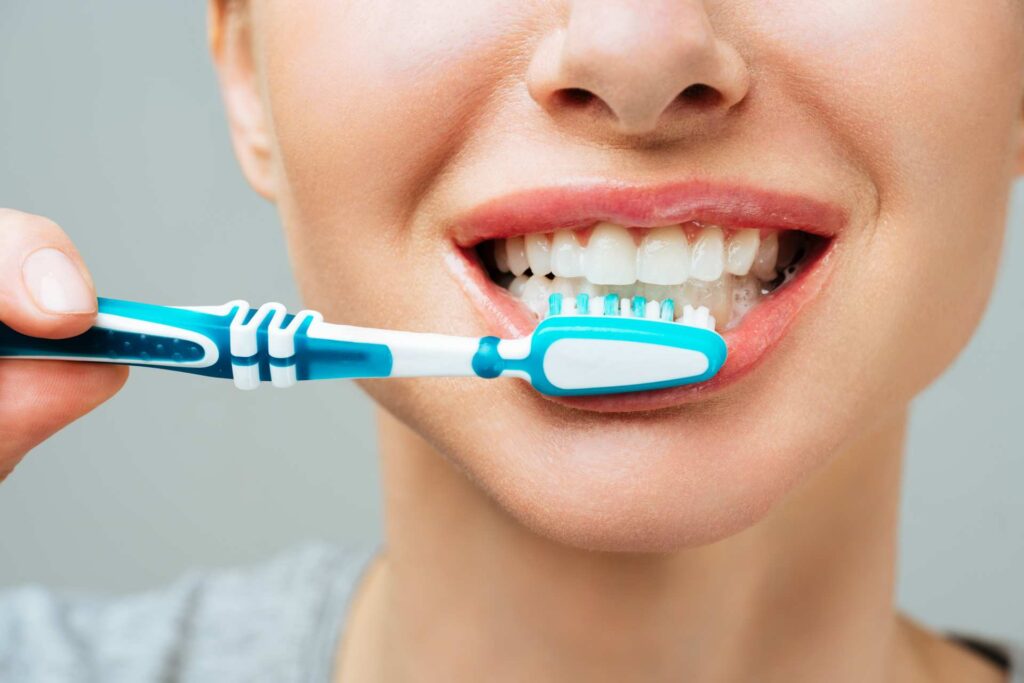
After tooth whitening, the teeth appear satisfactorily white and bright, possibly with a more natural hue than that achieved by other methods of cosmetic dentistry. You should not be obsessed with making them perfectly white, because as we said above, teeth are naturally not completely white. In any case, the smile will look more beautiful.
